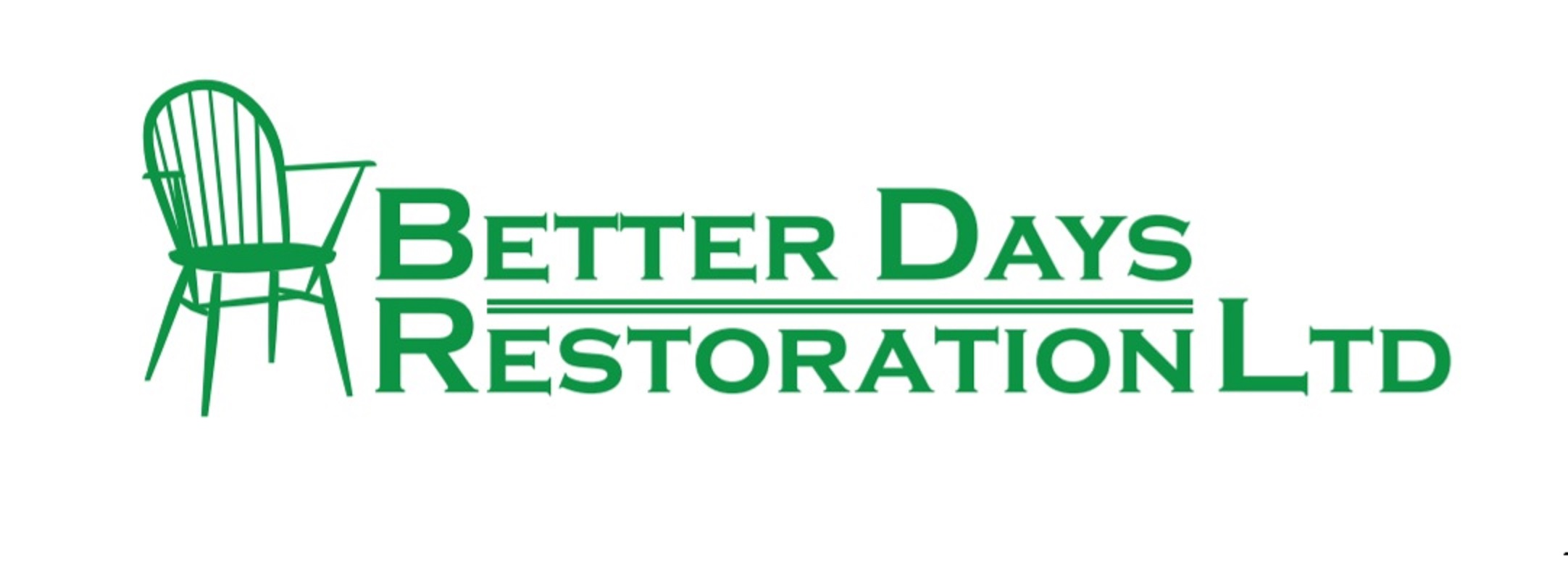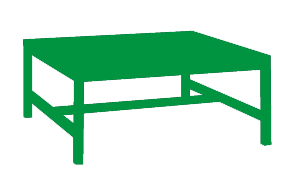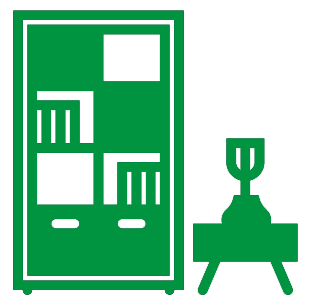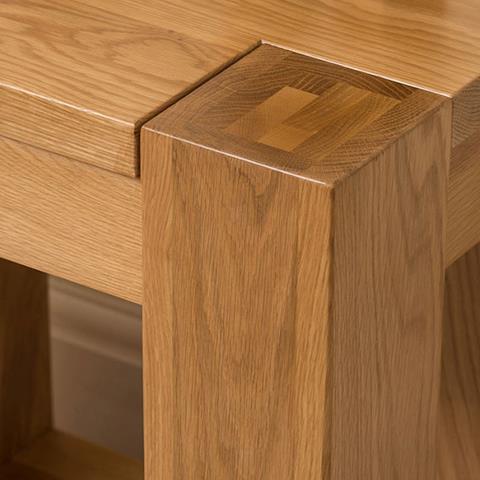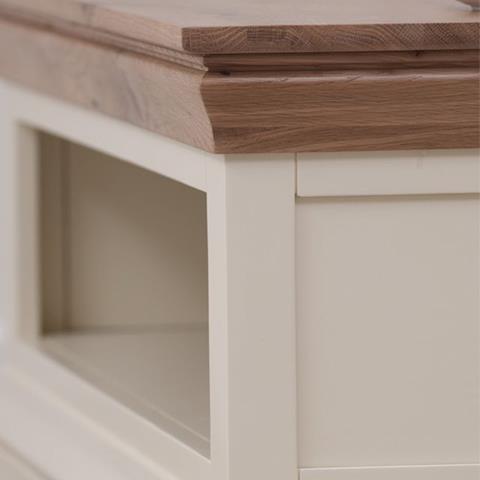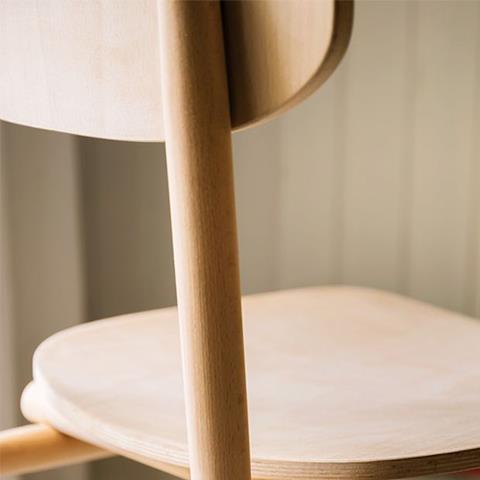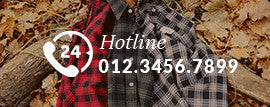
Article Detail
20 Jul
- 0 Comment(s)
- /
From time to time we get back into our workshop a table we sold some time ago, this one was some 12 years earlier when we sold it the the customer, in Sketty Swansea, she rang us to ask if we could re do her now battle scared table and return it as good as new!
12 Year Old Table Top
Here the table top has been removed from its legs to make it easier to work on, but as you can see it is badly marked and has been used in exactly how a table should be used, every day, for meals, homework, reading, socialising, basically the heart of your home.
Below are some close ups of some of the marks for you to get a idea of what can be put right, and hopefully give you the confidence to 'just' use your table.
Former Glory - Restoration Made Easy
To set about removing the years of damage we can sometimes strip of the polish with cellulose thinners and a cloth and just re sand the table top, we use cellulose thinners as wax polish will clog sanding paper so it is always best to remove it first.
Stripping polish is easy, rub your cellulose thinners on the table top with a cloth and be as forceful as you want, giving time for the thinners to dissolve the wax making it easy to wipe off with a clean cloth, make sure you change your cloths regularly as the wax build up on the wipe of cloth will be quick and once it is clogged with wax you are just spreading dissolved wax over areas you have already cleaned.
This table was a little to bad for just sanding so the decision was taken to plane of 0.5mm to make the sanding easier, this was done with a electric hand held planner something you can easily purchase for less than £50.00 in any DIY store.
When planing care must be taken to adhere to all the printed safety rules as the blade is rotating very quickly and fingers don't like that!, but as long as you set the depth and keep the plane flat you should be ok.
Below are some pictures to show you how effective planing can be.
Partially planed table top
Closer view of the planned table.
Table top with edges planned.
Table top planned and bullnose edge re routed around table top.
Most Important, Sanding!
As you can see the table top is now clean and mark free, and ready for sanding, as planing with a narrow blade planner can sometimes leave tram lines where the plane runs are not perfectly level with each other. We start with a belt sander fitted with 120 grit sand paper. A belt sander is a aggressive sander and will remove the tram lines easy and quickly so care needs to be taken not to over sand and leave new marks from the action of the belt sander.
Tip No 1.
Now that you have roughly sanded the table, wet it down with tap water, use a sponge to evenly wet the surface of the table with tap water, this allows a softwood to absorb the water allowing expansion and 'rising' of and bumps and blemishes caused by planing and sanding and opens the grain to allow better sanding once dry. Never wet down a hardwood, this tip ONLY works for softwoods, hardwoods such as beech and oak hate water and it opens the grain causing cracking rather than expansion.
Tip No 2.
Never ..ever...sand across the grain, this is a rule that should not be broken for any woods as the action of the sand paper tears at the grain and the resulting marks even if can not be seen at this stage, but will show up once you start your finishing / polishing your table top or piece of furniture.
After allowing you table to dry overnight, it is now ready to sand with a random orbital sander, with a 120 grit paper and then with a 180 grit sandpaper. This sander is far less aggressive and you can easily control its motion to ensure a even and thorough sanding.
Tip No 3.
Use your hands and eyes! not only can you see marks and blemishes, it is sometimes very useful to use touch to determine if something is flat and sanded well, as your touch sense is so well developed that your hands will tell you before your eyes that something is not quite sanded enough...I am often to be seen stroking a sanded piece of wood to check how good the sanding is...a very strange sight!!
Tip No 4.
I am often asked how much do I sand?....My reply is always the same "once you are totally fed up of sanding....sand some more!" Now is the time to get your sanding perfect as once you have started your finishing process it is to late to "sand some more" and a total re strip of the table is a lot of extra work.
Staining of The Table Top
For a pine table we use a water based stain which we mix here in The Rocking Chair, it is a colour we have formulated over years to get a colour that is warm and pleasant and not yellow or orange, we have called this colour Antique Pine, but is not the same colour of any other commercially produced Antique Pine stain, if you like the colour we do sell the stain in our shop.
Tip No 5.
Apply your stain with a sponge in a even controlled manner from one corner along the length of the table, back and forth until you reach the adjacent corner and the table top is completely stained. Make sure the stain is even and wipe off any excess with a dry sponge.
Tip No 6.
Never use a water based stain on a hardwood, for the same reasons as Tip No 1. For a hardwoods, spirt based stains are used as this does not lift the grain and cause cracking.
Once stained allow the table top to dry for 24 hrs.
Here the table top has been re fitted to its farmhouse legs before the staining, this ensures that no warping of the table can take place as the table top is drying.You can see at the top of the legs a couple of lighter parts to the legs, theses are where our customers cat had been sharpening its claws, so the claw marks have been planed sanded and stained in exactly the same way as the table top.
Sealing the Table Top
Now that your table top is dry and stained, it needs to be sanded again as the water in the stain has made the grain 'rise' so it needs to be hand sanded with a foam sanding pad, again available for any DIY store, you need a 180 grit pad and the table is sanded gently in one direction from corner to adjacent corner.
I have shown you these sanding pads before and they are extensively used by all personnel in our workshop as they are so versatile...a great tool
Now you are ready to seal your table top, for this you can use Danish oil, Teak Oil, or a Holzol, any will do as all you want is a physical barrier between the timber and any food stuffs that may drop onto the table.
Tip No 7.
When applying the oil of you choice, you must apply it in one direction, with the grain evenly and smoothly, I have illustrated how to do this in a drawing below, I find drawing are far easier to understand.

As you can see the oil must be applied in one direction, if you apply oil in the 'return' direction, when the oil dries you will have stripes, just like and for the same reason you get stripes on a lawn, but we don't want stripes here so one direction only.
Apply 2 coats allowing the oil to dry between coats and sanding gently again with a foam sanding pad between coats.
Polishing your Table top
Now that your chosen oil sealer has dried, they can take fraying times, due to quality of oil, thickness applied, and how humid the drying conditions are, so ensure the oil is dry, if in unsure leave it another 24 hrs but as a rule 48 hrs is usually sufficient.
We use Fiddies Supreme Wax Polish, it comes in many colours but we use Stripped Pine in conjunction with our Antique Pine stain to get the colour our customers love.

We are a Fiddes approved stockist, but it is widely available in most DIY stores.
Tip No 8.
Do NOT over apply wax polish, little often is better that big blobs!
Apply your was polish with a cloth in a circular motion in thin layers, and once you have applied to the table remove the circular marks by dragging your cloth along the grain in a smooth controlled manner. Allow to dry and buff with a clean cloth, you know the wax is dry when it becomes a matt finish, carry out this procedure at least twice, and then again within the first 3 months, and then when ever you feel your table needs a polish.
One finished table as good as new and without cat scratched legs!
If you have enjoyed my blog and have questions please ask and I will answer to the best of my ability.
Hope you enjoyed reading as much as I enjoyed writing, until the next time.
Paul
The Rocking Chair Ltd
